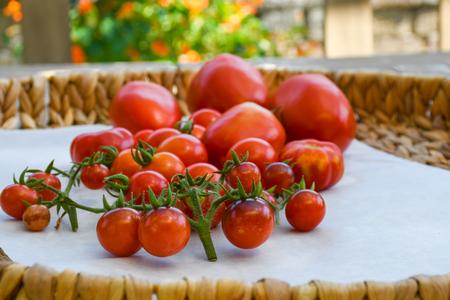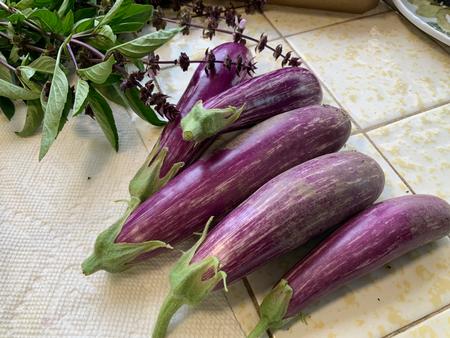Harvesting and Storing

Harvesting
To get the most out of your vegetables, harvest them when they are at the best stage for eating and store them under conditions that will keep them as close to garden fresh as possible. Approximate yields for selected vegetable crops (table).
Vegetables will be crisper and cooler if harvested in the early morning.
Storing
It is best to consume fresh vegetables soon after harvest or purchase. However, this is not always possible, and you may want to store fresh vegetables for a while before using them. It is usually not practical to store most fresh vegetables for long periods at home.
Store fresh vegetables at the right temperature and relative humidity to maintain quality and nutritive value. With few exceptions, fresh vegetables keep best in the refrigerator. Most home refrigerators maintain a temperature of about 40° to 45°F in the main storage space and a slightly cooler temperature in the hydrator (crisper). The door storage areas are warmer.
To prepare vegetables for storage, discard any part that shows evidence of decay. Immediately use any bruised or soft vegetables. Most home grown vegetables require cleaning before storage. Remove tops of root crops, such as carrots. Wash to remove dirt, then drain excess water thoroughly. If you store any vegetables in the refrigerator, but not in the crisper, place them in plastic bags or plastic containers.

Fresh vegetables are divided into four groups according to storage requirements - because it is not always possible to provide all these different conditions, make compromises if the storage time is short (a few days):
Group 1
Keep under cold, moist conditions (32° to 41°F and 85–95% relative humidity). Store in the refrigerator crisper and maintain high humidity by keeping the crisper more than half full. Wash and drain vegetables well before storage.
|
|
Store the following vegetables in a crisper separate from the above vegetables or in plastic bags or containers in the main compartment of the refrigerator:
|
|
Group 2
Ideally, it is best to store these vegetables at 45° to 55°F and 85 to 90% relative humidity because of sensitivity to chilling injury. Because this is not possible in most homes, store in the refrigerator for no longer than 5 days. Use soon after removing from the refrigerator.
|
|
Group 3
Store in a cool place (50°–60°F); lower temperatures cause chilling injury. Pantries, basements, or garages can provide a cool place during most of the year. However, non-insulated garages may be too warm in summer and too cold in winter. If you do not have such a space available, store eggplants and okra as described for the vegetables in group 2; store ripe tomatoes, hard rind squashes and pumpkins, sweet potatoes, and potatoes as recommended for the vegetables in group 4.
|
|
Group 4
Store these vegetables at room temperature (65°–70°F). Store them so they are away from direct sunlight.
|
|
Resources
- Have a gardening question? Connect with your local UC Master Gardener Program!
- California Master Gardener Handbook (UC ANR publication 3382)
